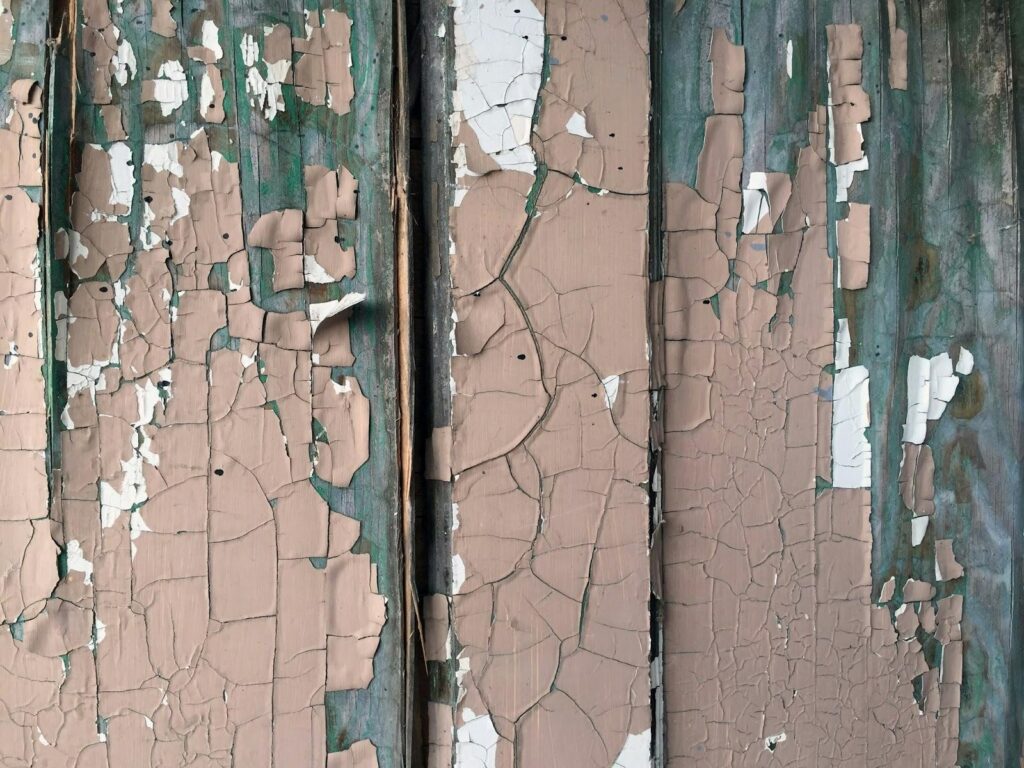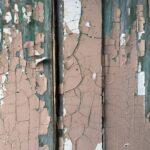
Most homeowners don’t really notice how the weather slowly changes their house until something starts looking “off.” Maybe it’s the paint fading a little too soon, or the deck boards feeling rough underfoot. These are the quiet fingerprints of weather — subtle, patient, and constant. From muggy summers to icy winters, every season leaves a mark that shortens the life of your home’s exterior in ways you might not expect.
The truth is, your home never really rests. It expands, contracts, breathes, and battles the elements year-round. Understanding that rhythm can help you protect it, and save yourself a lot of headaches later on.
When Humidity Starts to Settle In
Anyone who’s lived through a sticky summer knows what humidity can do to your hair, now imagine what it’s doing to wood and paint. When the air is thick with moisture, your siding and decks quietly absorb it. Wood swells, joints shift, and before you know it, the surface feels softer than it used to.
Over time, that trapped moisture invites mold, mildew, and algae to move in. They start small, usually in shaded corners or between boards, but spread quickly. Once they dig in, paint begins to peel, stains appear, and that fresh, clean look fades. Even worse, you might not notice until it’s well underway.
Drying out the area helps, but nothing beats a good wash. A gentle New York pressure washing session can strip away the film of grime and mildew that humidity leaves behind, letting the surface breathe again.
The Trouble With Temperature Swings
If humidity sneaks up slowly, temperature swings do their damage more dramatically. Think of your home’s exterior like a living thing — it expands when it’s hot and contracts when it’s cold. Every day, every season, materials like vinyl, paint, and concrete are flexing just a little bit.
That constant movement wears on them. Tiny cracks open, paint chips, and sealants lose their grip. Concrete driveways, for instance, start to show small fractures that widen with every freeze-thaw cycle. Those cracks may look harmless at first, but once water seeps in and freezes, they grow, quietly, relentlessly.
By the time you see visible wear, the damage has often been building for years. Keeping surfaces sealed and clean is the only way to slow that clock down.
Storms Leave Their Own Signature
A passing storm might only last an afternoon, but its effects linger. Wind pushes grit into your siding, rain drives dirt into the smallest seams, and hail can bruise or chip protective coatings. Even after everything dries up, that residue remains, dulling the finish and setting the stage for longer-term decay.
After a season of storms, it’s not unusual for paint to fade faster or for decks to feel rougher. What most people don’t realize is that much of this comes from micro-abrasions — tiny scratches left by airborne debris. Over time, those scratches hold onto dirt and moisture, speeding up the breakdown of the surface below.
It’s not a sign your materials are poor quality. It’s just nature doing what it does best, reclaiming things one particle at a time.

The Silent Fade of Sunlight
Sunlight doesn’t make noise, but it leaves one of the clearest marks on your home. The warmth feels wonderful, but ultraviolet rays are constantly wearing down pigments and protective coatings. Brightly painted trim dulls. Stained decks lose their golden hue. Vinyl siding fades unevenly where shadows fall.
It’s easy to overlook since the change happens so gradually. One day, you just realize the color isn’t what it used to be. UV rays also make sealants brittle, which means the next rainstorm has an easier path to soak into those vulnerable spots.
Keeping surfaces clean and occasionally resealing them helps reflect light more evenly, slowing the damage sunlight does over time.
Why Routine Cleaning Matters More Than You Think
Most people wait until things look dirty before cleaning. But by the time you see that green haze on the siding or the dull streaks on your driveway, the damage has already begun. Dirt traps moisture, and moisture invites decay, it’s that simple.
That’s where professional cleaning comes in. A pressure washing service doesn’t just make your home look fresh; it actually removes the buildup that shortens the lifespan of your materials. By clearing away grime, pollen, and algae, you help your home dry faster after rain and prevent that cycle of moisture damage from starting again.
Think of it as giving your home a deep breath after months of holding it in.
Decks and Driveways: The Frontline Surfaces
Your deck and driveway are like the front row in a concert, they get hit with everything first. Sun, rain, salt, dirt, foot traffic, they endure it all. The signs of wear usually start here: small cracks in concrete, wood that turns gray and splintered, or stains that won’t scrub off easily.
Once those signs appear, regular cleaning and sealing become essential. Pressure washing removes more than just dirt; it helps restore the texture of the material beneath and protects against further moisture absorption. You might not notice the difference overnight, but it adds years of life quietly in the background.
Watching for the Little Warnings
Homes have a way of whispering when something’s off. Paint that bubbles, siding that warps slightly, wood that stays damp longer than it should, these are gentle warnings. Ignoring them allows the problem to deepen.
A quick walk around your house every few months can catch early signs of wear. Notice where water collects, where shade lingers, and where debris tends to build up. Those are the areas that will show damage first. A small fix now often prevents a major repair later.
Playing the Long Game
There’s no stopping the weather, but there’s a big difference between a house that survives it and one that thrives through it. Regular maintenance, mindful cleaning, and small seasonal checks make that difference.
When you keep your exterior clean, you’re not just maintaining appearances. You’re preserving structure, color, and integrity. The weather might always have the upper hand, but with a little care, you can make sure it takes decades, not years, to show it.












